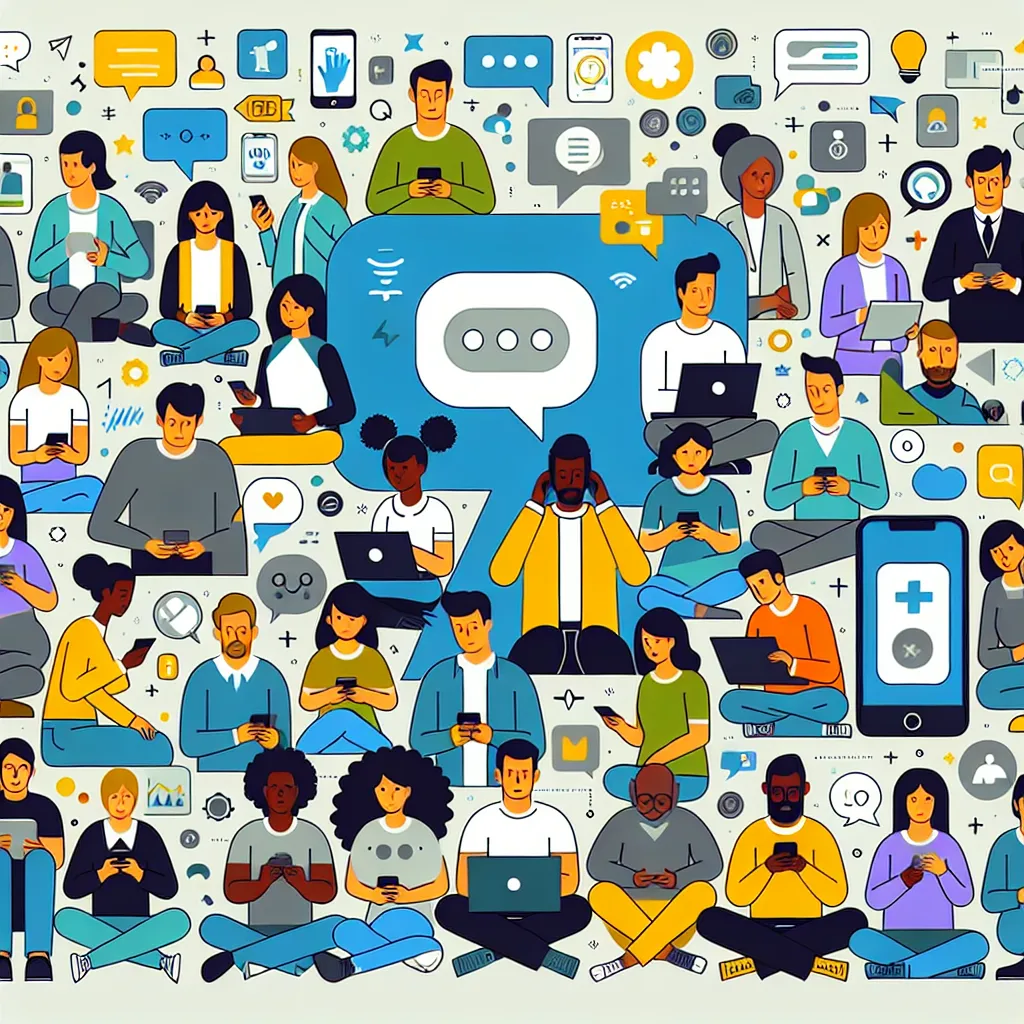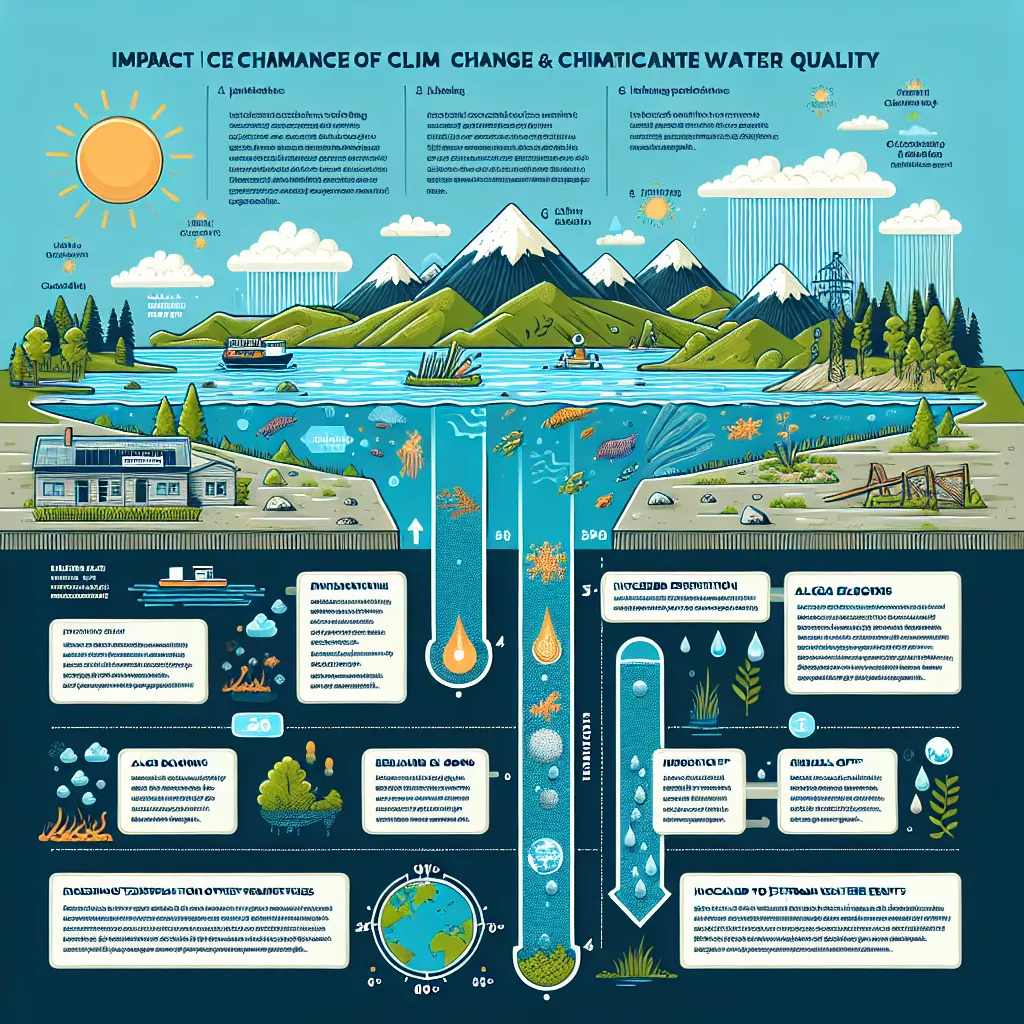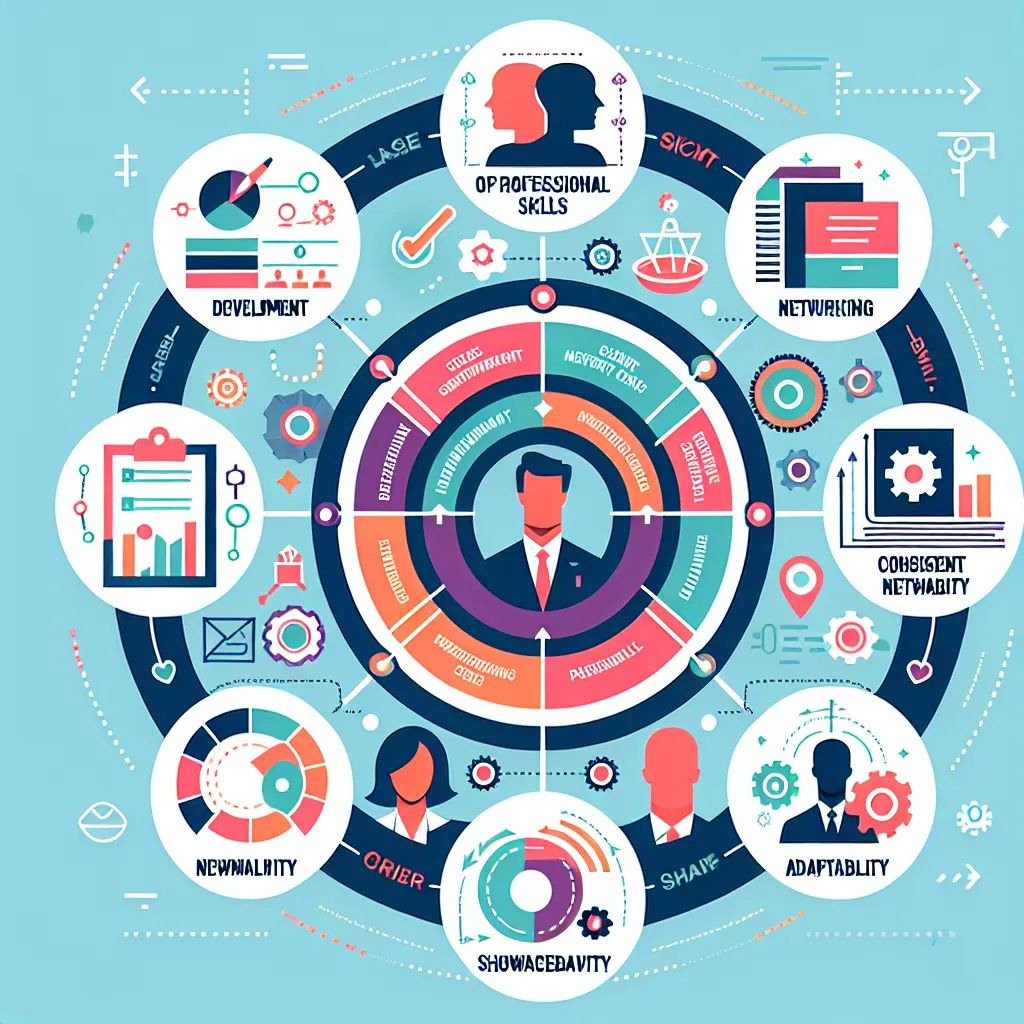The IELTS Reading section is a crucial component of the test, assessing your ability to comprehend complex texts and answer various question types. Today, we’ll focus on a topic that has gained significant importance in recent years: supporting mental health in the digital age. This subject has appeared in several IELTS exams over the past decade, reflecting its growing relevance in our interconnected world. Given its current significance, there’s a high probability that similar themes may resurface in future tests.
Nội dung bài viết
Let’s dive into a practice reading passage and questions to help you prepare for this potential topic in your IELTS exam.
Reading Passage
Supporting Mental Health in the Digital Era
A) The digital revolution has transformed nearly every aspect of our lives, from how we work and communicate to how we entertain ourselves and access information. While these technological advancements have brought numerous benefits, they have also introduced new challenges to our mental well-being. As we navigate this digital landscape, it’s crucial to develop strategies that support mental health in an increasingly connected world.
B) One of the primary concerns in the digital age is the impact of social media on mental health. Platforms like Facebook, Instagram, and Twitter have become integral parts of our daily lives, offering unprecedented connectivity. However, studies have shown that excessive use of these platforms can lead to increased feelings of anxiety, depression, and loneliness. The constant comparison to others’ curated lives, fear of missing out (FOMO), and exposure to negative news can all contribute to deteriorating mental health.
C) Another significant challenge is the blurring of boundaries between work and personal life. With smartphones and laptops enabling us to be constantly connected, many people find it difficult to disconnect from work-related stress. This ‘always-on’ culture can lead to burnout, anxiety, and decreased overall life satisfaction. Establishing clear boundaries and practicing digital detox has become essential for maintaining a healthy work-life balance.
D) The rise of cyberbullying and online harassment is another critical issue affecting mental health, particularly among young people. The anonymity and distance provided by digital platforms can embolden individuals to engage in harmful behavior that they might not consider in face-to-face interactions. This can have severe consequences for victims, including increased risk of depression, anxiety, and even suicidal thoughts.
E) Despite these challenges, technology also offers numerous tools and resources for supporting mental health. Telemedicine and online therapy platforms have made mental health services more accessible to many people, especially those in remote areas or with mobility issues. Mobile apps focused on mindfulness, meditation, and mood tracking can help individuals manage stress and monitor their mental well-being. Additionally, online support groups and forums provide spaces for people to connect with others facing similar challenges, fostering a sense of community and understanding.
F) To effectively support mental health in the digital age, a multi-faceted approach is necessary. Education plays a crucial role in helping individuals navigate the digital world safely and healthily. Schools and workplaces should incorporate digital literacy programs that not only teach technical skills but also address the psychological aspects of technology use. These programs should cover topics such as recognizing signs of digital addiction, understanding the impact of social media on self-esteem, and strategies for maintaining privacy and security online.
G) Governments and technology companies also have a responsibility to create a safer digital environment. This includes implementing stricter policies against cyberbullying and online harassment, providing clearer guidelines on data privacy, and designing platforms with user well-being in mind. Some social media companies have already begun to take steps in this direction, such as implementing features that allow users to limit their time on the app or hide like counts to reduce social comparison.
H) On an individual level, practicing digital mindfulness is key. This involves being intentional about technology use, setting boundaries, and regularly unplugging to engage in offline activities. Techniques such as turning off notifications, designating tech-free times or zones in the home, and engaging in regular physical exercise and face-to-face social interactions can all contribute to better mental health in the digital age.
I) As we continue to embrace the benefits of technology, it’s crucial to remain mindful of its potential impact on our mental well-being. By fostering a balanced approach to digital engagement, leveraging technology for positive mental health support, and addressing the challenges head-on, we can create a digital future that enhances rather than detracts from our psychological health. The key lies in harnessing the power of technology while maintaining our human connections and prioritizing our mental well-being in this ever-evolving digital landscape.
 Digital Mental Health Support
Digital Mental Health Support
Questions
True/False/Not Given
Do the following statements agree with the information given in the Reading Passage? Write
TRUE if the statement agrees with the information
FALSE if the statement contradicts the information
NOT GIVEN if there is no information on this
- Social media usage has been linked to increased feelings of anxiety and depression.
- The ‘always-on’ work culture has led to improved productivity in most workplaces.
- Cyberbullying is more prevalent among teenagers than adults.
- Online therapy platforms have made mental health services more accessible to people in remote areas.
- All social media companies have implemented features to limit users’ time on their platforms.
Matching Headings
Match the following headings to the correct paragraphs. Write the correct letter, A-I, in boxes 6-10 on your answer sheet.
List of Headings:
i. The role of education in digital well-being
ii. Balancing technology use for better mental health
iii. The dual nature of technology in mental health
iv. Work-life imbalance in the digital age
v. Government and corporate responsibility
vi. The rise of online mental health resources
vii. The pervasive impact of social media
viii. Cyberbullying: A growing concern
- Paragraph B
- Paragraph C
- Paragraph D
- Paragraph E
- Paragraph G
Multiple Choice
Choose the correct letter, A, B, C, or D.
-
According to the passage, which of the following is NOT mentioned as a negative impact of social media use?
A) Increased anxiety
B) Depression
C) Improved social skills
D) Loneliness -
The passage suggests that to maintain a healthy work-life balance, individuals should:
A) Use smartphones more frequently
B) Practice digital detox
C) Increase their work hours
D) Avoid using technology altogether -
Which of the following is described as a benefit of technology for mental health support?
A) Increased cyberbullying
B) Better work-life balance
C) Access to online therapy platforms
D) Reduced social media usage -
The term “digital mindfulness” in the passage refers to:
A) Using technology as much as possible
B) Avoiding all forms of digital technology
C) Being intentional about technology use
D) Spending more time on social media -
According to the passage, creating a safer digital environment is the responsibility of:
A) Individuals only
B) Governments only
C) Technology companies only
D) Governments and technology companies
Answer Key and Explanations
-
TRUE – Paragraph B states that “studies have shown that excessive use of these platforms can lead to increased feelings of anxiety, depression, and loneliness.”
-
FALSE – Paragraph C mentions that the ‘always-on’ culture can lead to burnout, anxiety, and decreased overall life satisfaction, contradicting the idea of improved productivity.
-
NOT GIVEN – The passage mentions cyberbullying affecting young people but doesn’t compare its prevalence between teenagers and adults.
-
TRUE – Paragraph E states that “Telemedicine and online therapy platforms have made mental health services more accessible to many people, especially those in remote areas or with mobility issues.”
-
FALSE – Paragraph G mentions that “Some social media companies have already begun to take steps in this direction,” implying that not all companies have implemented such features.
-
vii – Paragraph B focuses on the impact of social media on mental health.
-
iv – Paragraph C discusses the blurring of boundaries between work and personal life due to digital technology.
-
viii – Paragraph D is primarily about the issue of cyberbullying and online harassment.
-
vi – Paragraph E discusses various online resources and tools for mental health support.
-
v – Paragraph G talks about the responsibility of governments and technology companies in creating a safer digital environment.
-
C – The passage does not mention improved social skills as a negative impact of social media use. It lists anxiety, depression, and loneliness as negative effects.
-
B – The passage suggests practicing digital detox as a way to maintain a healthy work-life balance.
-
C – Access to online therapy platforms is mentioned as a benefit of technology for mental health support in paragraph E.
-
C – Paragraph H defines digital mindfulness as “being intentional about technology use, setting boundaries, and regularly unplugging.”
-
D – Paragraph G states that “Governments and technology companies also have a responsibility to create a safer digital environment.”
Common Mistakes to Avoid
-
Misinterpreting “Not Given” answers: Remember, if the information is not explicitly stated in the passage, even if it seems logical, the answer is “Not Given.”
-
Overlooking key words: Pay close attention to qualifiers like “some,” “all,” “most,” etc., as they can change the meaning of a statement.
-
Falling for distractors in multiple-choice questions: Read all options carefully and choose the one that best matches the information in the passage.
-
Mismatching headings: Ensure you understand the main idea of each paragraph before matching it with a heading.
-
Time management: Don’t spend too much time on difficult questions. If you’re unsure, make an educated guess and move on.
Vocabulary
- Digital revolution (noun) – /ˈdɪdʒɪtl revəˈluːʃn/ – The transformation of technology from analog to digital
- Curated (adjective) – /kjʊəˈreɪtɪd/ – Carefully chosen and presented
- Burnout (noun) – /ˈbɜːrnaʊt/ – Physical or mental collapse caused by overwork or stress
- Cyberbullying (noun) – /ˈsaɪbəbʊliɪŋ/ – The use of electronic communication to bully a person
- Telemedicine (noun) – /ˌtelɪˈmedɪsɪn/ – The remote diagnosis and treatment of patients using telecommunications technology
- Digital literacy (noun) – /ˈdɪdʒɪtl ˈlɪtərəsi/ – The ability to use information and communication technologies effectively
- Digital mindfulness (noun) – /ˈdɪdʒɪtl ˈmaɪndfʊlnəs/ – Being intentional and aware of one’s use of digital technology
Grammar Focus
Pay attention to the use of present perfect tense in the passage, for example:
“The digital revolution has transformed nearly every aspect of our lives.”
This tense is used to describe actions that started in the past and continue to have relevance in the present. It’s formed using “have/has” + past participle.
Practice: Try forming sentences using the present perfect tense to describe how technology has impacted your life.
Tips for High Scores in IELTS Reading
- Time management: Allocate your time wisely across all sections of the reading test.
- Skim and scan: Quickly skim the passage for main ideas, then scan for specific details.
- Read questions carefully: Understand what each question is asking before searching for the answer.
- Use context clues: If you encounter unfamiliar words, try to deduce their meaning from the context.
- Practice regularly: Familiarize yourself with different question types and passages on various topics.
- Improve your vocabulary: Learn new words and their usage in context.
- Develop your reading speed: Practice reading quickly while maintaining comprehension.
- Pay attention to transition words: These can help you understand the structure and flow of the passage.
- Don’t leave any questions unanswered: If you’re unsure, make an educated guess.
- Review your answers: If time permits, double-check your answers for any obvious mistakes.
Remember, success in IELTS Reading comes with consistent practice and familiarity with the test format. Keep working on your skills, and you’ll see improvement over time. Good luck with your IELTS preparation!
For more practice on IELTS Reading, you might find these related articles helpful:


